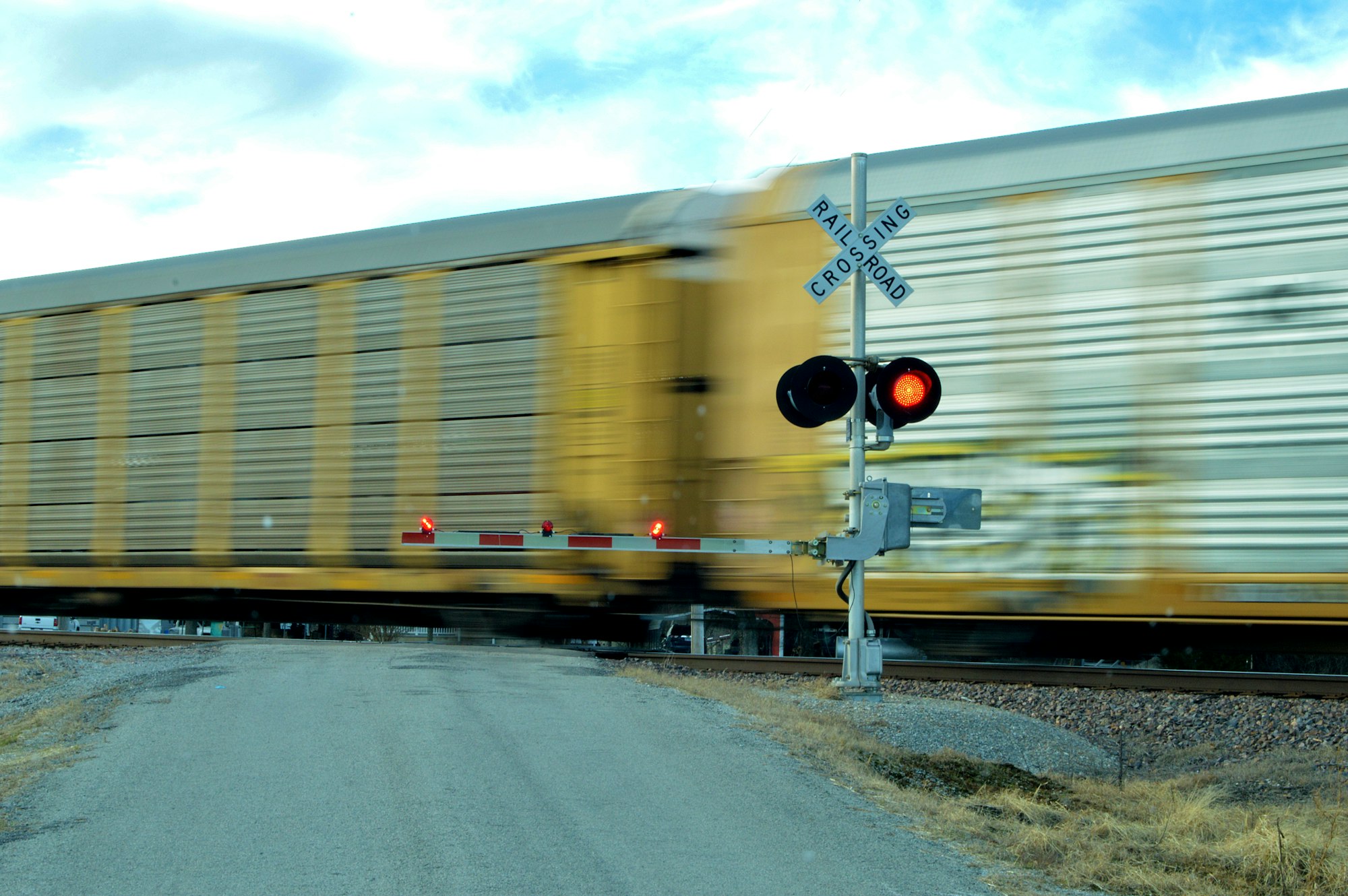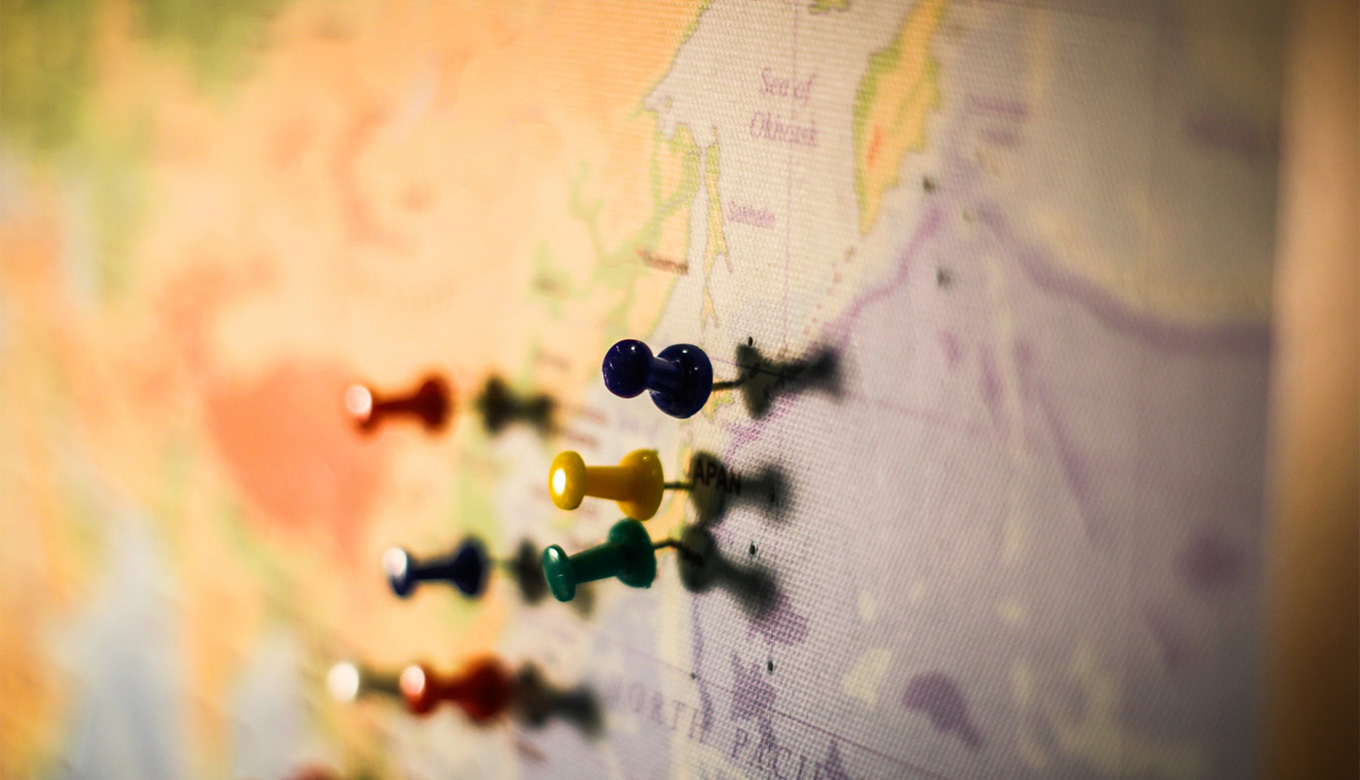Treat yourself and Dine In For Two after a busy week and you’re the final actor in a chain of 938,813 people in 56 territories around the world.
Supply chain mapping is what makes Marks & Spencer hit the mark on their supply chain. It means they can identify the exact farm your steak came from, along with the ginger, chilli and soy in the marinade, including every stop they made along the way.
What is Supply Chain Mapping?
Supply chain mapping is the process of determining which suppliers are in these 56 territories, what each of them supplies and how critical their products are. This is used to pinpoint the potential for supply disruption.
This process uncovers the supply chain of each component part. In complex supply chains, mapping tracks thousands of products through hundreds of suppliers and, often, dozens of countries.
We’ll look at how mapping your supply chain gives your business the information it needs to mitigate reputational, regional and supplier risk.
With the right information, risk events can be foreseen and mitigated by a Procurement team.
Supply Chain Mapping Is More Important Than Ever
Coronavirus spread around the globe within 3 months and each country had a different response to the closure of borders and quarantine periods. This had a similarly disparate impact on workplaces and the companies which were or weren’t able to continue production.
7 months on, governments are still making decisions rapidly which can affect whether delivery drivers can transfer materials, whether employees can attend their workplaces and whether borders are open.
For example, 300,000 people would ordinarily cross the border between Malaysia and Singapore every day – this has been closed since March 18th and won’t reopen until at least August 10th. The construction sector in particular depends on this labour which was cut off completely.
Globally, there are 164m migrant workers and sudden border closures will have a continued impact on production within the supply chain if factories are forced to close or run with reduced output.
This fragility in the supply chain may also push up prices.
The pandemic is just one factor in the supply chain. It’s more important than ever to have the agility to make appropriate changes to supply considering not just government decisions, but also global consumer trends, regional events and supplier failure.
Global Trends
Word spreads fast in the world of social media. Also, consumers are growing more and more conscious about their choices.
A deep understanding of each step in the supply chain identifies risks to your company’s reputation, damage to which shouldn’t be underestimated.
The 2013 horse meat scandal in the UK wiped £300m from the market value of supermarket giant, Tesco. The abattoirs and factories involved in switching the meat from beef to horse were several layers deep in Tesco’s supply chain and scattered across Europe. Tesco didn’t have any direct relations with them.
Supply chain mapping would have identified these companies and given Tesco the opportunity to conduct a thorough audit of their operations, which could have identified the problem and allowed Tesco to rectify it before it was embedded in its products.
Consumer trust is a valuable resource. It can be lost more easily than it can be regained, and it can have ramifications which far surpass anyone’s expectations. The ripples from the Rana Plaza disaster are still being felt by the fashion industry today and it was arguably a key driver for the implementation of the 2015 Modern Slavery Act in the UK.
Now any company with over £36m annual turnover has a responsibility to tackle modern slavery at any tier in its supply chain. Mapping your supply chain can identify suppliers in areas or industries which are at risk of modern slavery and gives you the opportunity to step up to the consequences of your business operations before your customers demand it.
Will there be future reputational damage caused by suppliers not implementing social distancing or providing adequate PPE to protect their workforce from the virus?
Geographic Concentration
Identifying where suppliers are located demonstrates if your key partners are concentrated in a particular place and what the risk factors are in that area.
Localised events can be natural, like a drought or hurricane, or caused by human factors like war or trade disputes.
Regional concentration can come about due to raw material locations like precious metals or oil, or can be caused by taking advantage of low-cost labour or regional skills, such as telecommunications in India.
It can bring benefits to the organisation but it’s like putting all your eggs in one basket: disruption in one area could bring down the whole supply chain.
Mapping the supply chain highlights geographic areas that require immediate action. This transparency allows for a better understanding of where disruptions truly lie, allowing you to proactively manage risk.
When COVID-19 was affecting regions in China, it was quickly realised that shipping would be affected from the country. However, it wasn’t predicted that northern Italy would be next. Having transparency through the supply chain means your business can act quickly to divert your supply route even if the affected suppliers are several tiers down, saving your production and keeping your customers satisfied.
Without this, it could take weeks for the information to be reported back to you.

Supplier Risk
Of course, supply disruption might not be caused by something that happens in a whole area. There could be one weak link in the chain which cascades down your supply chain.
Supplier risk is when an individual company fails on their obligations and disrupts your supply chain. This could be a one-off occasion rectified with performance management, or something more dramatic like when a supplier falls into administration.
When Carillion collapsed in the UK the effects ricocheted out, costing taxpayers £148m and leaving rivals with tumbling share prices as investors worried about their liquidity.
Large scale projects continued because there were mutual contracts in place to cover the work. The smaller facilities management contracts were, however, left unfulfilled. No one likes to manage their supply chain reactively rather than proactively, but many government bodies had to find alternative suppliers quickly.
When a situation is identified that could cause a supplier to collapse you can intervene to support the supply chain and ensure continued supply and productivity.
Morrisons identified 3,000 small suppliers who were at risk of cashflow problems due to the pandemic and moved them to immediate payment terms. And that was the 13th March. Before the UK lockdown. Morrisons had the critical information on farmers and producers so they could act so quickly when the pandemic hit.
Understanding Threats To Your Critical Suppliers
It’s always disappointing when a supplier lets you down, especially when the reasons for failing to deliver are unclear.
Understanding the key components of your supplier’s products means you can see if there’s a bottleneck or localised disruption which is preventing delivery. These materials could be buried several layers deep in the supply chain.
Let’s take the example of helium, which may seem unobtrusive, but it’s used extensively in the manufacture and testing of silicon wafers, fibre cable, LCD screens, cars, aerospace, scientific research, rocket fuel, herbicides, and MRI scanners.
Helium is in shorter supply around the world and throughout 2019 there was a global force majeure where all producers reduced their output and prices jumped by a staggering 135%.
As the gas is a non-renewable resource, these events are likely to keep recurring and could be disrupting your supply and driving your costs upwards. Helium may not be identified as a direct raw material but its instability in the global market could be risking your whole supply chain.
Mapping makes sure you know what’s in your supply chain and what affects your costs and your delivery to customers.
How Mapping Helps Mitigate Risk & Protects Your Brand
A supply chain that has been mapped is visible to a company’s procurement team and its board of directors.
Visibility means you can see an event happening in one part of the world and instantly know its effects on your productivity. It means you can manoeuvre your supply chain to pick up secondary sources in an unaffected area.
In short, it allows for agility.
It also protects your brand value.
Marks & Spencer launched Plan A with the tagline “because there is no Plan B” in 2007. Plan A was the idea to map the entire supply chain of all its products with improving sustainability as a key goal. Since 2017, it has been integrated into its business strategy to re-ignite its customers’ passion for its products.
M&S has identified corporate compliance and responsibility as a principal risk to its business. Its Plan A allowed it to be ahead of the curve when single-use plastic hit the headlines in 2017 because it was able to show consumers the work it had already been doing to reduce waste in its packaging.
The company has seen supply chain mapping not only as a way to prevent reputational damage but as a selling point to its customers. In fact, it has become so transparent that anyone can use its interactive map to view where all its supply chain partners are located.
Do You Need To Map Your Supply Chain?
Can you identify your suppliers in Tier 2? What about beyond that, to Tier 3 or 4?
If your end customers are consumers, there’s never been a more critical time to fully understand your supply chain. A staggering 75% of the British public are consciously changing their buying behaviours to choose more ethically sourced or environmentally friendly products, and this trend is echoed across Europe and North America.
If your critical supply items cross multiple borders, your production will be interrupted by border closures caused by the pandemic.
In short, if you require an agile and resilient supply chain so that an event in any part of the world can be mitigated before it affects your service delivery to customers, you need supply chain mapping.
This one action could benefit your bottom line and protect your reputation, so have you mapped your supply chain?





